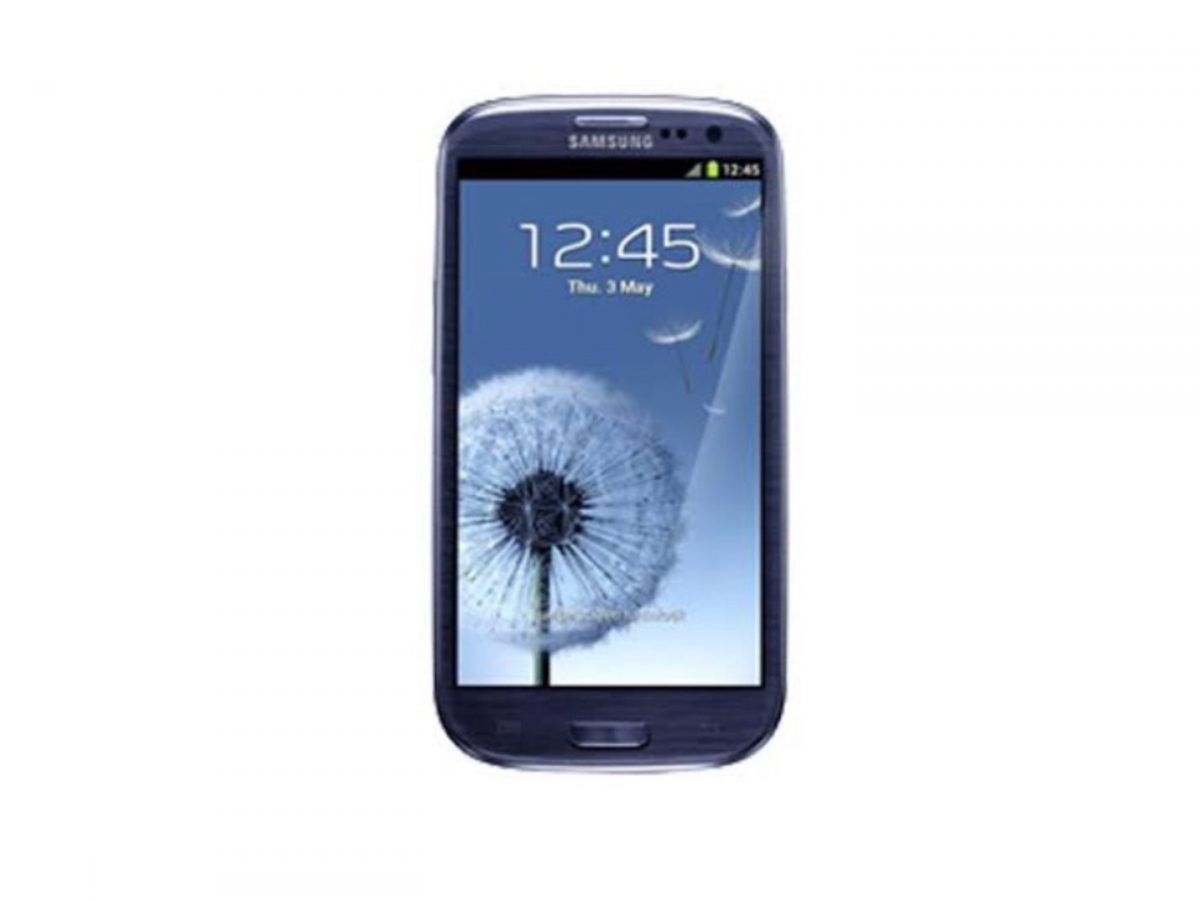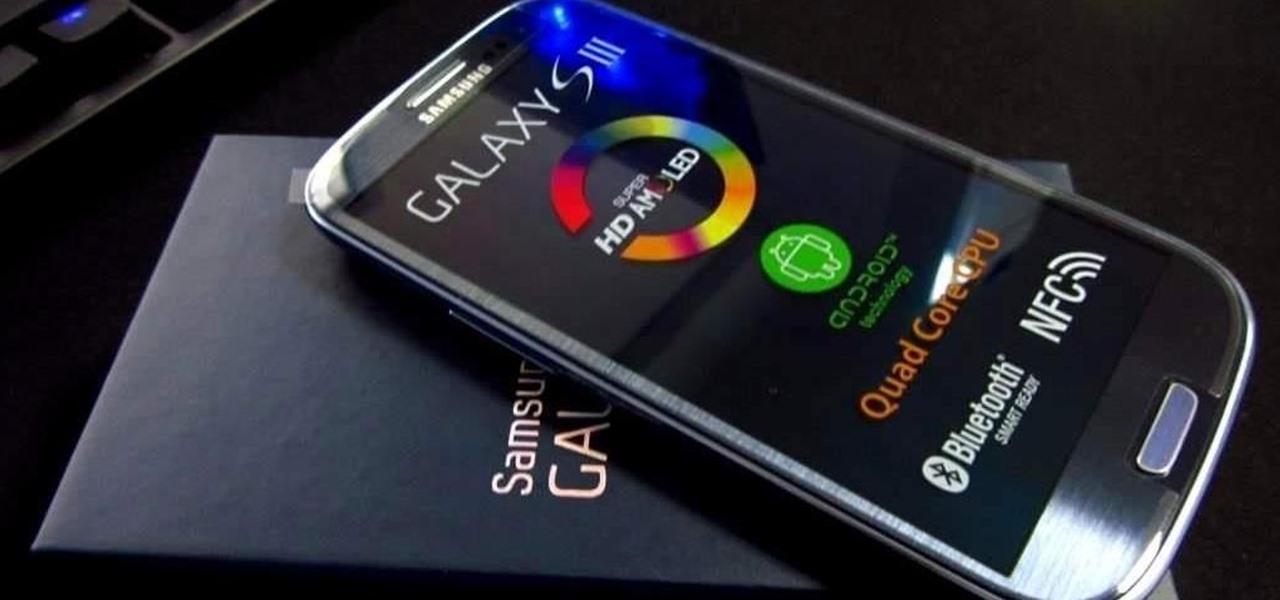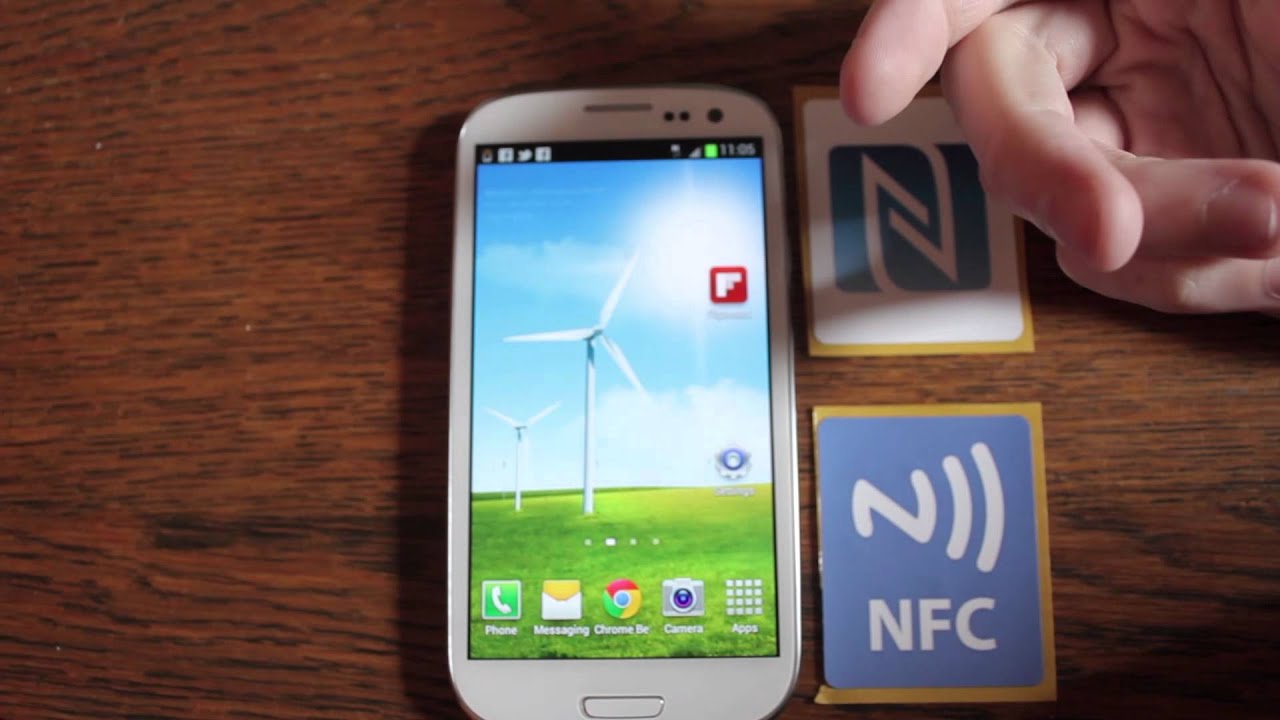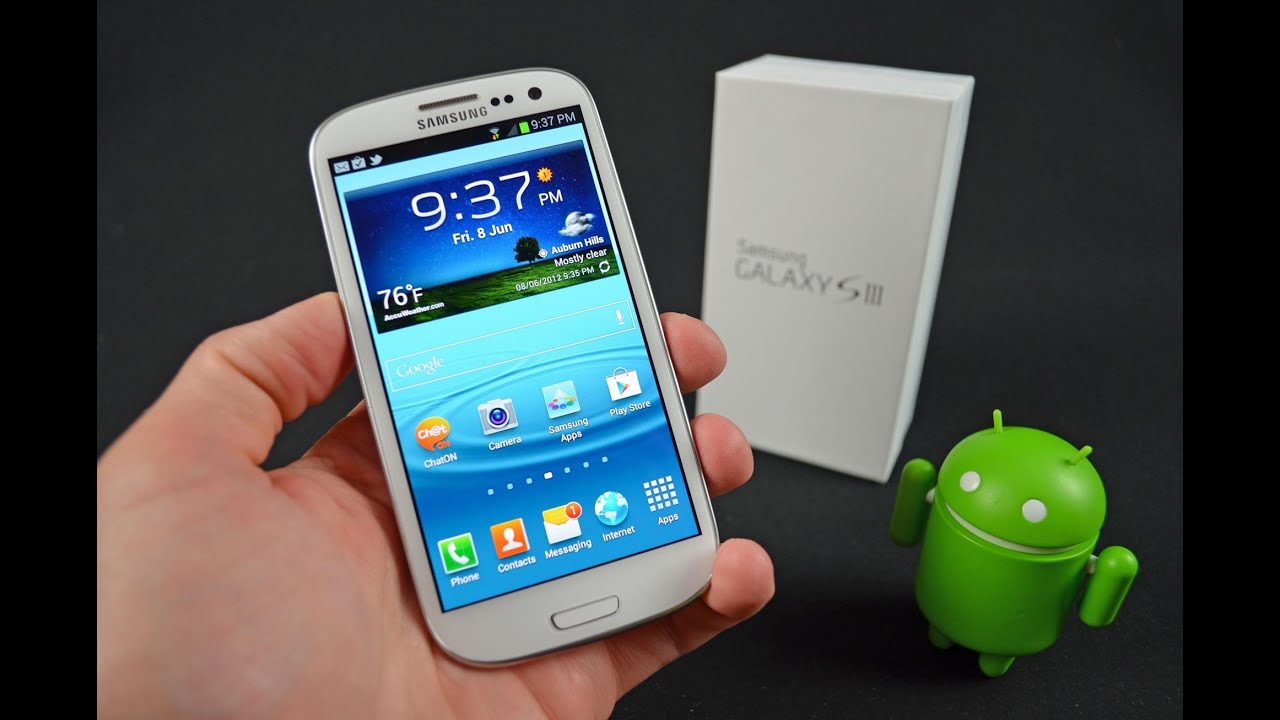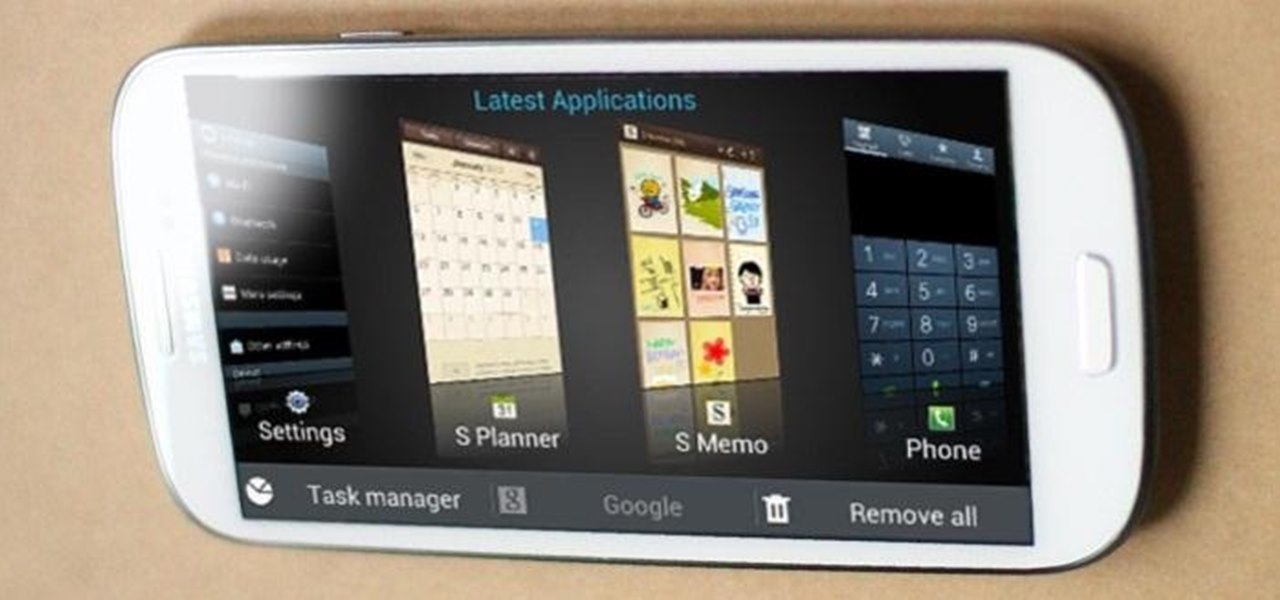Introduction
If you are a Samsung Galaxy S3 user and are experiencing glitches, slow performance, or simply want to start fresh, a factory reset can be the solution. Performing a factory reset will restore your device to its original settings, erasing all the data and customizations you have made. It’s like taking your phone back to the day you first bought it.
A factory reset can be beneficial in various situations. It can help resolve software issues, free up storage space, improve battery life, and ensure a smoother overall performance. Whether you are planning to sell your device or simply want to give it a fresh start, a factory reset is a useful troubleshooting step.
However, before proceeding with a factory reset, it is important to make sure you have backed up all your important data. This includes contacts, photos, videos, messages, and any other files you want to retain. Once you have performed the reset, all data on your device will be permanently erased.
In this article, we will discuss multiple methods to factory reset your Samsung Galaxy S3, including resetting through the device settings, using the recovery menu, and utilizing the hardware buttons. We will also address common issues and provide troubleshooting tips to help you navigate through the process smoothly.
Why should you factory reset your Samsung Galaxy S3?
There are several reasons why you might consider performing a factory reset on your Samsung Galaxy S3. Let’s explore some of the main reasons:
- Resolve software issues: Over time, your device may accumulate unnecessary files, cache data, and temporary files that can cause software issues. These issues can lead to slow performance, freezing, or crashing of apps. By performing a factory reset, you can eliminate these problems and restore your device to its original state, often resolving the software issues you were experiencing.
- Free up storage space: If you find that your device is running out of storage space and you have tried various methods to clear up space with limited success, a factory reset can be a more comprehensive solution. It will remove all the unnecessary files and apps, giving you a fresh start with a significant amount of free storage space.
- Improve battery life: If your Samsung Galaxy S3 is experiencing poor battery performance, a factory reset can help. By resetting your device, you can eliminate any background processes or apps that might be draining your battery excessively. After the reset, you can reinstall only the essential apps, optimizing your device’s battery life.
- Sell or hand down your device: If you are planning to sell your Samsung Galaxy S3 or give it to someone else, performing a factory reset is crucial to protect your privacy. It ensures that all your personal data, accounts, and settings are erased from the device, preventing any potential misuse.
- Start fresh with a clean slate: Sometimes, you may simply want to start fresh with your Samsung Galaxy S3. You might want to customize your device from scratch, remove all your previous settings and configurations, or try a new software update. A factory reset allows you to wipe the slate clean and create a new personalized experience.
These are just a few reasons why you might consider performing a factory reset on your Samsung Galaxy S3. However, keep in mind that a factory reset will erase all your data, so it’s important to back up your important information before proceeding with the reset.
How to back up your data before performing a factory reset
Before you proceed with a factory reset on your Samsung Galaxy S3, it is essential to back up your data to prevent permanent loss. Here are some steps to help you safeguard your important information:
- Back up to the cloud: One of the easiest ways to back up your data is by utilizing cloud services. Samsung users can take advantage of Samsung Cloud, which offers free backup storage for contacts, calendar events, photos, videos, and more. Simply go to the Settings menu, select Cloud and accounts, and then Samsung Cloud to enable the backup option. Ensure that the desired data types are selected for backup.
- Back up to Google: Another popular option is to sync your device with your Google account. This will back up your contacts, calendar events, app data, and other settings. To enable Google backup, go to the Settings menu, select Accounts, and then Google. Tap on your account, enable the desired backup options, and ensure synchronization is turned on.
- Manually transfer files: For files such as photos, videos, and documents, you can manually transfer them to a computer or an external storage device. Connect your Samsung Galaxy S3 to your computer using a USB cable and transfer the desired files to a location of your choice.
- Use third-party backup apps: There are numerous third-party backup apps available on the Google Play Store that can help you backup different types of data. These apps offer more flexibility in terms of what you can back up and where you can store the data. Some popular options include Helium, Titanium Backup, and Super Backup.
- Export and save important data: In addition to cloud backups, consider exporting and saving important data such as contacts and messages. Go to the Contacts app, select the desired contacts, and export them as a vCard or CSV file. For messages, you can use SMS backup apps to create a backup file that can be saved externally.
It is recommended to use multiple backup methods to ensure the safety of your data. Once you have successfully backed up your data, you can proceed with the factory reset without worrying about losing your important information.
Method 1: Factory resetting through the device settings
If you prefer a straightforward approach, you can factory reset your Samsung Galaxy S3 through the device settings. Here’s how:
- Go to the Settings menu on your device. You can access the Settings by tapping the gear icon in the app drawer or by swiping down from the top of the screen and selecting the gear icon in the notification panel.
- Scroll down and select “Backup and reset” or “General management” depending on your device’s software version.
- Tap on “Factory data reset” or a similar option listed under the Reset section.
- You may be asked to enter your device’s PIN, pattern, or password for security purposes.
- Review the information displayed on the screen to understand the consequences of the factory reset. This includes the deletion of all your data, accounts, and downloaded apps. Make sure you have backed up your important information beforehand.
- If you are ready to proceed, tap on “Reset device” or a similar option. You may also need to confirm your selection.
- Wait for the device to perform the factory reset process. This may take a few minutes, and your device may restart multiple times.
- Once the reset process is complete, your Samsung Galaxy S3 will reboot, and you will be greeted with the initial device setup screen.
- Follow the on-screen instructions to set up your device, including signing in to your Google account and restoring your backed-up data, if applicable.
It’s important to note that a factory reset through the device settings erases your personal data but does not remove the operating system. This method is suitable for most users, and it allows you to reset your device without the need for accessing complex menus or using hardware buttons.
If, for any reason, you are unable to access the device settings or encounter issues during the factory reset process, there are alternative methods available, which we will discuss in the following sections.
Method 2: Factory resetting using the recovery menu
If you are unable to access the device settings or encounter issues with Method 1, you can try factory resetting your Samsung Galaxy S3 using the recovery menu. Here’s how:
- Turn off your device completely by pressing and holding the Power button until the power options menu appears. Select “Power off” and wait for the device to shut down.
- Next, press and hold the Volume Up, Home, and Power buttons simultaneously. Release the Power button when the device vibrates, but continue holding the Volume Up and Home buttons.
- Once you see the Samsung logo appear on the screen, you can release all the buttons. This will boot your device into the recovery menu.
- Use the Volume Up and Volume Down buttons to navigate through the options in the recovery menu. Scroll to “wipe data/factory reset” or a similar option and select it using the Power button. You may need to locate this option under different menu names, such as “Factory Reset” or “Clear Storage.”
- Confirm your selection by scrolling to “Yes – delete all user data” and pressing the Power button.
- Wait for the factory reset process to complete. This may take a few minutes, and your device may reboot multiple times.
- Once the reset process is finished, you will be taken back to the recovery menu. Select the “Reboot system now” option and press the Power button to restart your device.
- Your Samsung Galaxy S3 will now reboot and take you to the initial setup screen. Follow the on-screen instructions to complete the configuration process.
The factory reset using the recovery menu is useful when you are unable to access the device settings or when your device is experiencing severe software issues. It allows you to perform a reset from a separate bootable environment, ensuring a clean slate for your device.
It is important to note that the steps for accessing the recovery menu may vary slightly depending on the device model and software version. If you encounter any difficulties or if the recovery menu does not appear as described, it is recommended to consult the Samsung support website or seek assistance from a professional technician.
Method 3: Factory resetting using the hardware buttons
If you are unable to access the device settings or the recovery menu, you can perform a factory reset on your Samsung Galaxy S3 using the hardware buttons. Here’s how:
- Make sure your device is powered off. If it’s not, press and hold the Power button until the power options menu appears, and then select “Power off” to shut it down completely.
- Press and hold the Volume Up, Home, and Power buttons simultaneously.
- Continue holding the buttons until the Samsung logo appears on the screen. Once you see the logo, you can release all the buttons.
- After releasing the buttons, your device will enter the Android System Recovery menu.
- Use the Volume Down button to navigate to the “wipe data/factory reset” or a similar option, and then press the Power button to select it.
- Confirm your selection by using the Volume Down button to scroll to “Yes – delete all user data” and then press the Power button.
- Wait for the factory reset process to complete. This may take a few minutes, and your device may reboot multiple times.
- Once the reset process is finished, the Android System Recovery menu will appear again. Use the Power button to select the “Reboot system now” option.
- Your Samsung Galaxy S3 will restart and take you to the initial setup screen. Follow the on-screen instructions to complete the setup process.
Performing a factory reset using the hardware buttons can be particularly useful if your device is unresponsive, frozen, or experiencing severe software issues. It allows you to reset your device from a basic boot mode, independent of the regular operating system.
It is important to note that the button combinations mentioned above may vary depending on the Samsung Galaxy S3 variant and software version. In case the given button combination does not work, it is advisable to consult the user manual or refer to the Samsung support website for the correct button combination for your specific device.
Common issues and troubleshooting during the factory reset process
While performing a factory reset on your Samsung Galaxy S3 is generally a straightforward process, you may encounter some common issues or challenges along the way. Here are a few troubleshooting tips to help you navigate through them:
- Device not responding: If your device becomes unresponsive during the factory reset process, first ensure that your battery has sufficient charge. Connect your device to a power source and attempt the reset again. If the issue persists, try performing the reset using a different method, such as Method 2 or Method 3 discussed in this article.
- Stuck in a boot loop: If your Samsung Galaxy S3 keeps restarting and gets stuck in a boot loop after a factory reset, it is possible that there may be an issue with the firmware or operating system. Try booting your device into recovery mode (Method 2) and select the option to wipe the cache partition. If the problem persists, you may need to seek assistance from a professional technician.
- Forgotten credentials: If you have forgotten your device’s PIN, pattern, or password, and you are unable to proceed with the factory reset, you may need to consider alternative methods to regain access to your device. You can try using your Google account credentials or seek guidance from the Samsung support website for further assistance.
- Lost data: It is important to note that a factory reset permanently erases all your data on the device. If you have not backed up your data before the reset, unfortunately, there is no way to recover it. Therefore, it is strongly recommended to back up your important data before proceeding with a factory reset.
- Software update issues: In some cases, you may encounter issues with software updates after a factory reset. If your device prompts you to update the software, ensure that you have a stable internet connection and sufficient battery charge. Follow the on-screen instructions carefully to complete the software update process.
Remember, if you encounter any persistent issues or are unsure about any troubleshooting steps, it is recommended to seek assistance from official Samsung support or consult with a qualified technician to avoid further complications.
Conclusion
Performing a factory reset on your Samsung Galaxy S3 can be a valuable troubleshooting step to resolve software issues, free up storage space, improve battery life, or start fresh with a clean slate. Whether you choose to reset through the device settings, recovery menu, or hardware buttons, it is important to back up your data beforehand to prevent permanent loss.
Method 1, which involves resetting through the device settings, is the most straightforward option for most users. However, if you encounter difficulties accessing the settings or severe software issues, Method 2 or Method 3 using the recovery menu or hardware buttons can be effective alternatives.
During the factory reset process, it is not uncommon to face common issues such as unresponsiveness, boot loops, forgotten credentials, or lost data. If you encounter any of these challenges, refer to the troubleshooting tips provided in this article or seek professional assistance from Samsung support or a qualified technician.
Remember, a factory reset will erase all your data, so it’s crucial to back up your important information beforehand. Take advantage of cloud services, Google backups, manual transfers, and third-party backup apps to protect your data and ensure a smooth transition after the reset.
By following the outlined methods and guidelines in this article, you can successfully perform a factory reset on your Samsung Galaxy S3 and enjoy a refreshed and optimized device.









